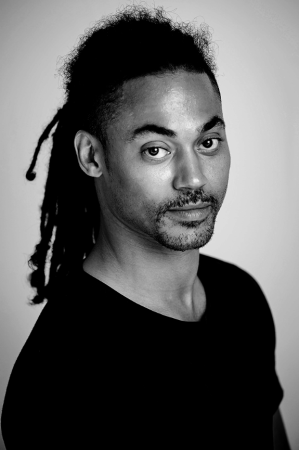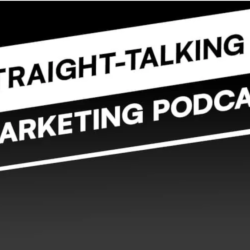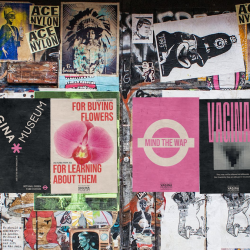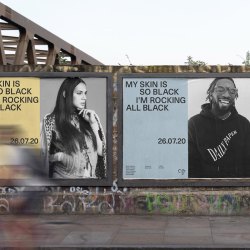Several months ago MediaCat Magazine embarked on a journey to understand how developments in media and technology affect storytellers and their craft. This month our Storyteller Series takes us to a lovely conversation with global creative tech production agency Happy Finish’s Creative Director Alex Lambert.
What kinds of stories resonate with today’s audiences?

Stories which show us something new about ourselves, the world, or change our perception of things. Particularly since lockdown, we’ve seen a definite shift, with TV series or gaming becoming more important to many consumers or viewers than a film. Why? People want to get more in depth, they want subtleties and depth of character, and an exploration of how that relates to us and society.
In terms of advertising, marketing, and brand activation, in the past there were instances of ‘everything needs to be authentic’ and people still want that level of authenticity but have become more perceptive of when it’s related to a zeitgeisty theme of the moment rather than being genuine.
Advertising was a bit less focused on story in the early- and mid-2000s but is now more serious and heartfelt. People want something personalised — particularly in digital — which shows something they maybe don’t know. A sliver of someone’s life or feeling as though they can relate to something in another person’s story. Even in a small way. Storytelling has shifted towards the more uplifting, insightful, and personal.
How has the market supply and demand changed over the years?
We’re moving a lot more towards a sharing economy, and technology is really enabling that. The idea of ownership is a lot less important, and the idea of experience and creation is a lot more important. I like to use the analogy of music to illustrate this. In the past, CDs people bought a lot of music, and when Napster came out the value of ownership dropped — it became less about owning music, more about going and seeing acts, following that came the resurgence of the festival, during which people are more immersed, can share, interact or even create. In short, dropping ownership culturally in favour of shared experiences, which leads towards creation. Creating moments, memories or tangible things personal to us. This is paralleled in advertising with the idea of personalisation and the experiential.
Immersive and technology industries are now being brought into brand and campaign conversations far earlier. Previously if a brand was launching something at Christmas, they’d get in touch a month before Christmas asking what we could do; immersive was an afterthought. Immersive is not an afterthought anymore, it’s seen as an integrated part of a campaign and an integrated touchpoint, which is as important as an Instagram page or a television commercial.
I think it’s about not looking at a single touchpoint to tell a story. Technology really offers the opportunity for people to come closer to the story, to get deeper into it in a way which can appeal to different target markets. Whether it’s a brand story or a narrative – you can have a product TVC that appeals to one market, social to appeal to another, allowing people to become really invested in the brand and dig deeper into its story through technology. Another example of technology allowing for much more personalisation. Helping people become closer to a story and brand. To really feel like they’re getting something more.
How do emerging media formats and platforms factor into this?
With things like immersive art, people can go, share the experience, and potentially create, whereas with things like VR it can still be seen as quite an insular experience. But then when we begin to look at things like Travis Scott and Fortnite — it’s all about a shared experience of lots of people coming together, and at the same time interaction builds massively into that ‘I am having this shared experience and I can move in this experience; I can curate my experience.’ So, I think what’s really happening is that technology is enabling that level of customisation and personalisation to be a lot less challenging for users and a lot more interesting.
Considering different formats and platforms; how they’re used in storytelling depends on the insights you have and who you want to talk to. Essentially, you will use the platform that connects best with your target market. You’ll always start by building your narrative and story — which is now becoming more immersive, in depth – and technology allows us a lot of different ways to tell that story.
Now, we’re seeing a lot of cases where we’re really trying to integrate the digital story into more traditional formats like film and TV. The digital touchpoints branch, expanding the IP’s universe, without distracting from the main story; they’re about creating something unique for people who want to find out more and feel really engaged with the story to explore.
Featured image: Kyle Wong / Unsplash
































